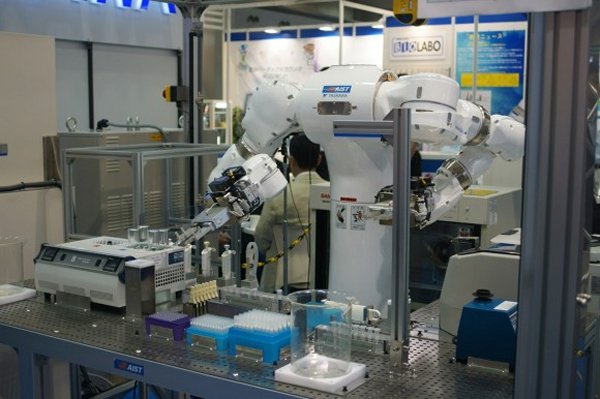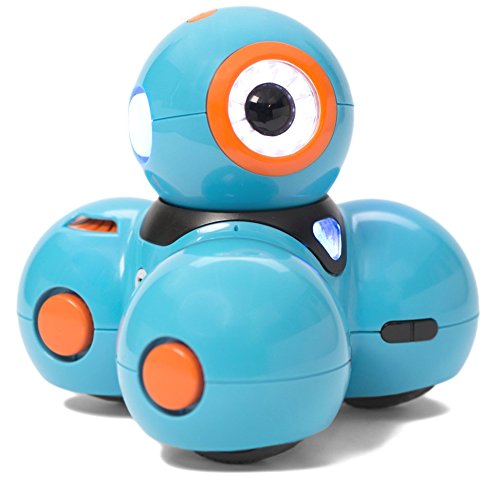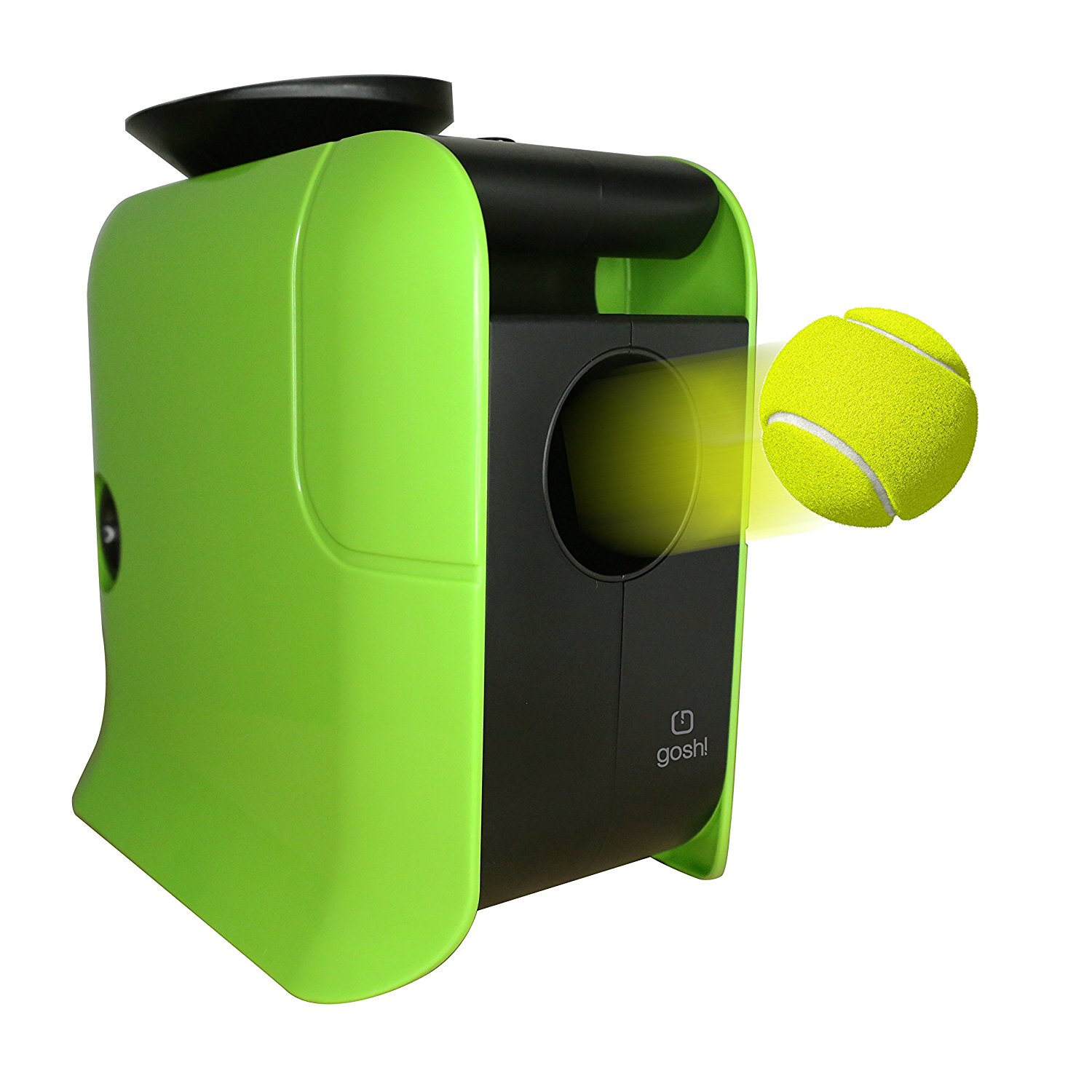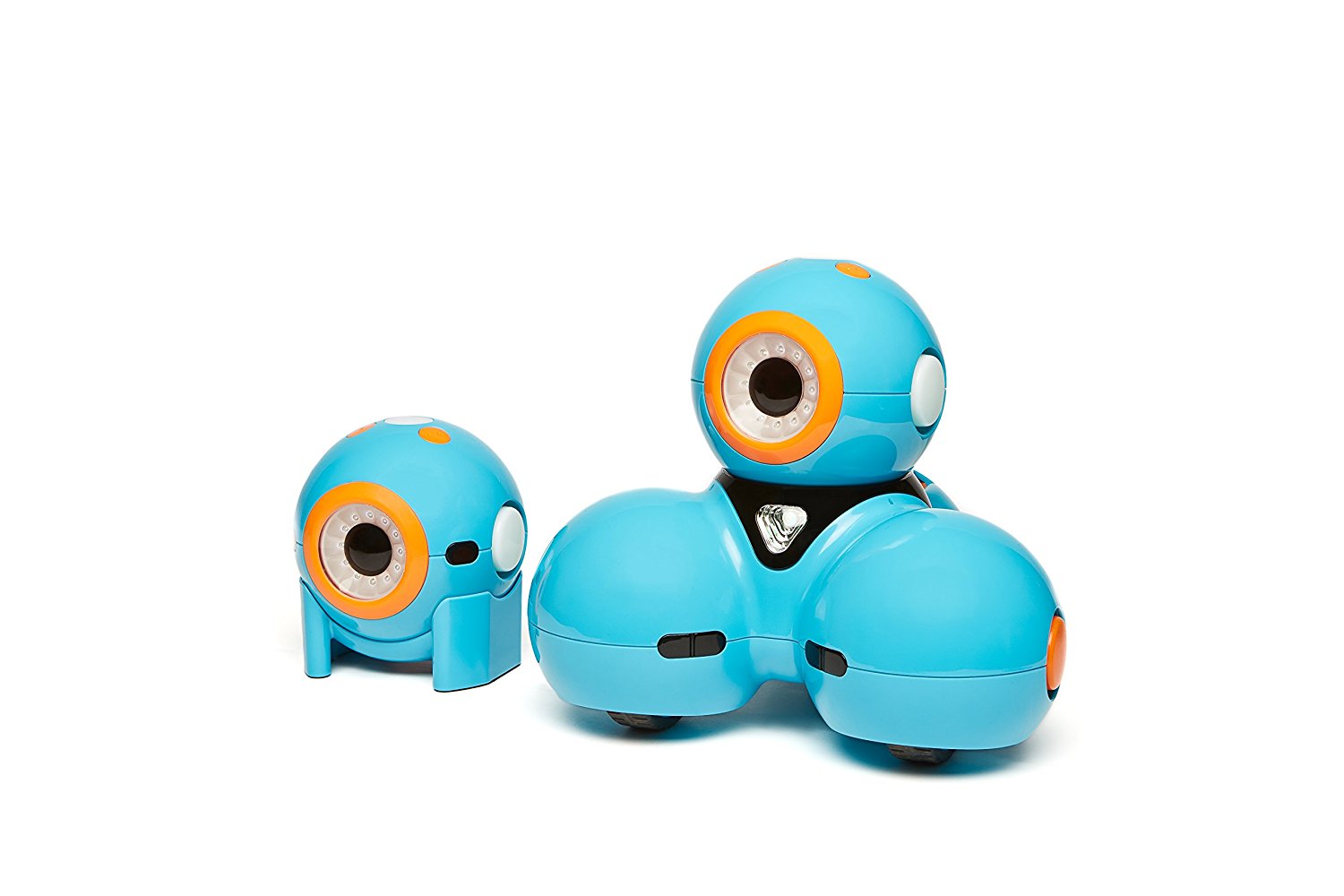Labs are not exactly risk-free environments, so if humans can get robots to do their work here, they no longer have to face the dangers.
Maybe in the not-so-distant future we will employ robots to do all sorts of tasks, not only the ones that are dangerous to us. Mahoro, as the lab robot is called, was developed by AIST (National Institute of Advanced Industrial Science and Technology) and Yaskawa. Its purpose is to automate lab work that humans used to do.

On one hand, Mahoro will put itself in danger so that humans do not have to. On the other hand, I assume that the task will be performed at a greater speed, fact that makes labs more efficient. Not only the speed of the tasks is increased, but also the precision, which is essential in such an environment. This is particularly important when doing clinical tests that involve biohazards such as virulent strains of influenza. Labs have to process these strains when creating vaccines, but the risk of infection for humans is not exactly non-existent.
What makes Mahoro special is the fact that it is an all-purpose robot with seven joints, unlike the usual factory automation robots, which have up to six. The seven axis replicates the elbow movement, fact that makes Mahoro a lot more flexible than the other robots. Had it been specialized for only one task, it would not have been of much use, as trial procedures change periodically. More over, Mahoro uses the same tools that people use, so the lack of need for specialized tools makes this robot very convenient. Other materials that pose a threat to humans, but could be handled without any problems by such robots are the radioactive ones.
Teaching robots with seven joints how to perform certain tasks used to imply a lot of programming, but fortunately, this is not the case. Mahoro is programmed in a virtual 3D space on the computer. Tohru Natsume, team leader at AIST, declared: “First of all, we use a 3D scanner, to capture 3D CAD data for all the tools we want to use. When we input that to the computer, we create a virtual bench and a virtual robot. For example, if we want to take a tube to this hand position, all we need to do is click in that direction, and the robot’s hand will go there. We also do collision simulations. Of course, we can freely change how various tools are arranged. So on the computer, we can simulate the best places to put them, and create movements. To do that, we don’t even need to put numbers into the advanced programming technology.”
There might be one rather big disadvantage in using Mahoro instead of humans for lab work: the latter would become unemployed. Comparing the risk to the advantages is very important, especially when the lives of people are at stake. The robot sold by Nikkyo Technos is currently used in universities and in pharmaceutical companies.
If you liked this post, please check the Kinect-controlled robot and this personal telepresence robot.










